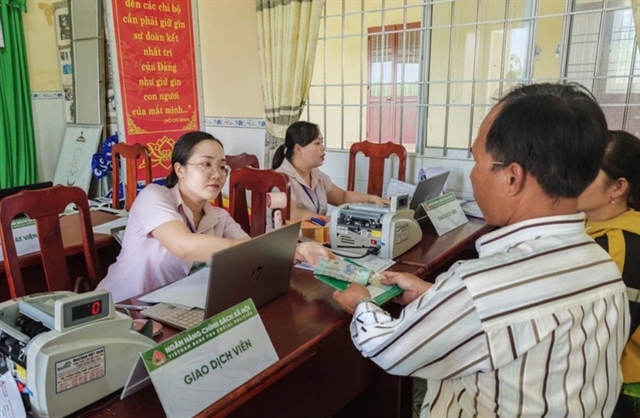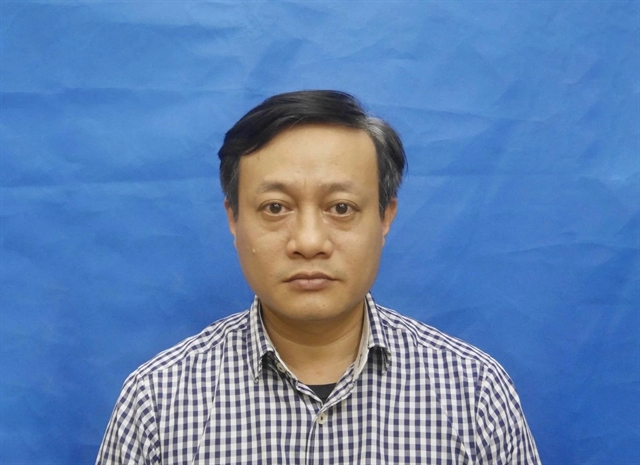 World
World

SHANGHAI - Researchers from the Shanghai Aquatic Wildlife Conservation and Research Center have successfully bred Chinese sturgeon through artificial insemination for the first time, hatching nearly 5,000 fry of the endangered species.
At around 10pm on October 1, the centre’s base in Shanghai’s Chongming district saw the first artificially bred Chinese sturgeon hatchling emerge after over 100 hours of incubation, followed by thousands more in the ensuing days.
As of October 8, the very first fry had grown to 18mm in length, with all other newborn sturgeons from the same cohort showing healthy development. This is the first time that Shanghai has artificially bred Chinese sturgeon.
“After 20 years of efforts, we’ve finally artificially bred Chinese sturgeon in Shanghai with our own hands, thanks to the Yangtze River protection initiatives,” said deputy director of the research centre Zheng Yueping.
Chongming island, where the research centre is located, sits at the mouth of the Yangtze River.
The Chinese sturgeon, revered as a “living fossil” crucial to understanding fish evolution, has roamed the rivers for some 140 million years. Despite being wildlife under first-class protection in China, its ability to naturally reproduce in the wild had ceased. In July 2022, the International Union for Conservation of Nature declared the Yangtze sturgeon extinct in the wild.
In 2021, the centre launched its programme to master artificial sturgeon breeding techniques. After forming a special task force in late 2023, researchers started on selecting and preparing suitable parent fish.
The team refined water conditions, feed sources and temperature controls through trial and error, and overcame setbacks like sub-par fish health.
Their effort finally paid off when 13 parent fish — eight males and five females — passed health checks.
On September 24, four adult male Chinese sturgeons and four female ones were inseminated in two batches to maximize the chances of success.
The researchers overcame hurdles like difficulties inducing ovulation and unsynchronised egg development during this critical period.
The centre will refine its procedures and techniques to lay the groundwork for future large-scale artificial breeding of Chinese sturgeons in Shanghai.
While this effort is Shanghai’s first in artificial sturgeon reproduction, other institutions across the Yangtze River basin have been engaged in such conservation efforts for this endangered species.
According to the Ministry of Agriculture and Rural Affairs, more than one million artificially bred Chinese sturgeons have been released as of June 2024. CHINA DAILY/ANN



